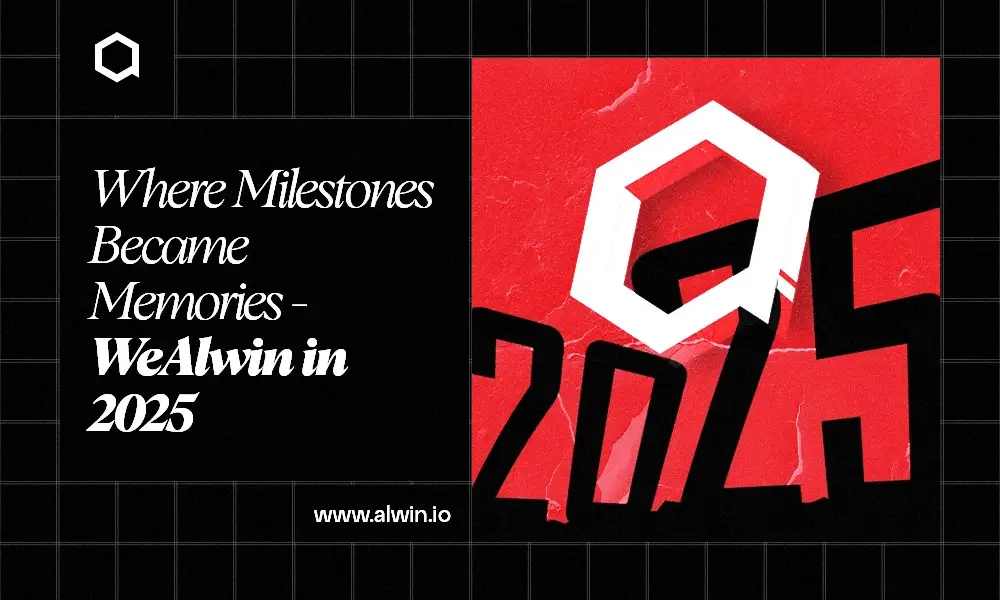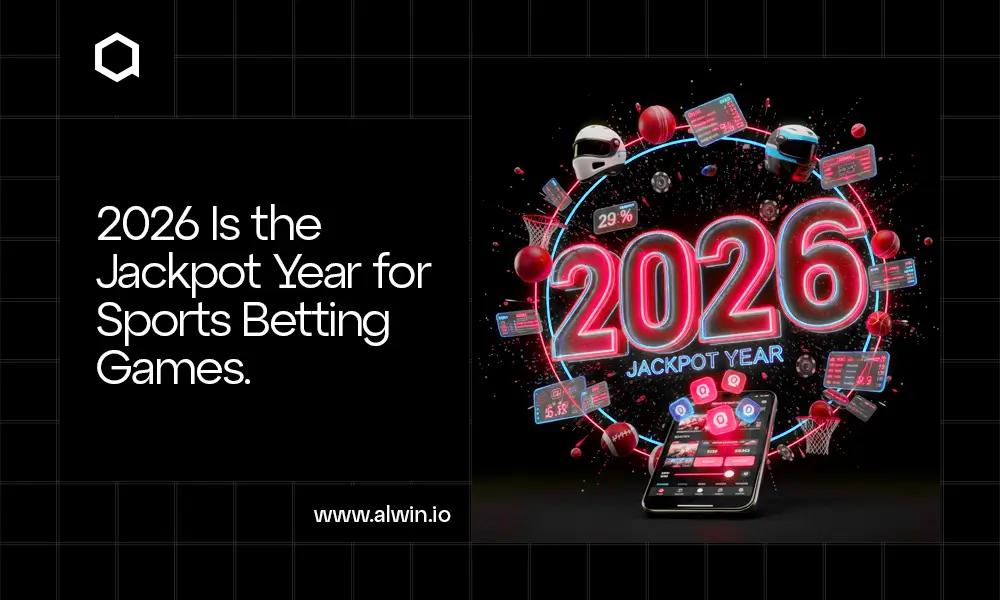Cryptocurrency Exchange Architecture is crucial while developing a Crypto exchange platform in which traders can buy and sell cryptocurrencies or digital assets.
The design of the exchange architecture is important in ensuring a smooth user experience, maintaining the integrity of the trading process, and safeguarding the assets of both traders and the exchange itself.
In this blog, we are going to see full information about the Crypto Exchange Architecture.
Cryptocurrency Exchange Architecture – A Complete Analysis
Cryptocurrency Exchange Architecture is the fundamental structure and technology framework enabling the operation of digital assets trading platforms. It includes interconnected components and modules designed to ensure secure and smooth transactions.
The Global Cryptocurrency Exchange Platform market size is expected to reach USD 110.12 billion by 2028 from USD 45 billion in 2022.
Factors driving this growth include the increasing adoption of cryptocurrencies as investment assets and payment methods, the development of blockchain technology emphasizing safe and decentralized networks, and the rising public awareness of cryptocurrencies and their benefits like flexibility and security.
In addition, the demand for cryptocurrency exchange platforms is rising due to the growing acceptance of mobile-based trading systems and the versatility and ease of transaction use offered by digital assets like cryptocurrencies.

Must have Components in Cryptocurrency Exchange Architecture
Admin/User Dashboard: This is the first thing that attracts users and investors to trade on the platform. The Admin/user dashboard is the main place where the core content is visualized via features and functionalities.
UI/UX Design: Most of the sites or platforms, have an attractive UI/UX design more than content because the visuals attract more users and provide a better trading experience than content. It is one of the most important factors for every platform including Crypto Exchange Architecture.
Wallet Integration: The wallet must be integrated into the Cryptocurrency Exchange Architecture platform. For every user, in-build or wallet-compatible features will be provided.
Security Protocol: Security features including end-to-end encryption, two-factor authentication, cold storage of assets, and user information protection are all included in the Crypto Exchange Architecture software. It is one of the essential components that all users and admins will expect.
Trading Machine: The user can view the crypto coins, tokens, prices, order-matching algorithm, buy/sell orders, and more through the Trading Machine option.
Order Book: This option can show you the buy/sell and previously executed orders in real time. It will display all the token orders to traders transparently.
Payment Gateway Integration: Integrating payment gateways like credit/debit cards, bank transfers, and crypto-wallets is essential for the Crypto Exchange Architecture platform. It is also like an order book component.
These are the important components of the crypto exchange architecture platform. It varies based on the crypto exchange.
Various Types of Cryptocurrency Exchange Architecture
Centralized Exchange (CEX)
In this, the transaction will be governed by a third party. The central authority monitors all the activities like transactions (buy/sell/exchanges).
The best crypto exchanges are Binance, Coinbase, and Kraken.
Decentralized Exchange (DEX)
It is dissimilar to Centralized Exchange, In the DEX the wallets are connected to the exchange platform & the activities are controlled by the user himself/herself. Without the central authority's involvement, the transaction will be done securely with the help of a smart contract.
Examples: Uniswap, SushiSwap, and PancakeSwap.
Hybrid Exchange
The combination of both centralized and decentralized exchange is Hybrid. This exchange platform focuses on decentralized trading with the liquidity and convenience of a centralized platform. In Hybrid Exchange, some functions like order matching are decentralized, and other tasks like deposit and withdrawal are centralized.
Peer-to-Peer Exchange
Buying and selling cryptocurrencies between two users without an intermediary is said to be a peer-to-peer exchange. Trades happen between buyers and sellers directly with negotiable terms such as price, payment method, location, etc.
Atomic Swap Exchange
This exchange allows users to trade on various blockchain networks without a central authority. This exchange architecture enables trusted and secure peer-to-peer transactions between users on different blockchain networks.
Order Book Exchange
A platform where buy and sell orders are matched based on prices and quantities, facilitating transparent and efficient cryptocurrency trading.
Front-end & Back-end Features of Crypto Exchange Architecture
Frontend Features
User Onboarding: In this feature, the users explore the platform once the registration is complete. The user goes through the crypto exchange platform thoroughly and checks the options.
Profile Verification: After the signup process profile verification is a must, the original documents of the users will be verified to avoid fraud and to provide a secure platform for the users. This verification process will be done to proceed with the next process.
Payment Integration: After the profile verification process is done, the next step is to link the payment options like a wallet, or bank transfer. All the payments are possible on the exchange platform for buying cryptocurrencies with fiat currency or withdrawing funds.
Deposit Crypto/Fiat to Wallets: Users can deposit cryptocurrencies or fiat currency to wallets that are connected to exchange platforms, which are then used for trading activities.
View Order Book /Trading Pairs: Traders can view the order book which shows the buy and sell orders for various trading pairs/trading options, providing insight into market depth and liquidity.
Orders Matching Engine: The orders matching engine matches buy and sell orders based on predetermined parameters such as price and quantity, facilitating trade execution.
Orders Completed: This feature provides users with complete details of completed orders, including transaction details and order history. The digital currencies are debited or credited to the wallet.
Backend Features
Profile Verification: After the registration process is completed, Anti-money laundering (AML) and Know Your Customer (KYC) regulations will be followed. This option verifies user identities to prevent fraud and illegal activities.
Payment Approval: Manages fiat deposits and withdrawals, ensuring secure and authorized transactions. The admin system verifies acceptable payment methods & trading eligibility.
Trade Fee Settings: Allows defining fees for different types of trades (maker/taker, spot/margin).
Monitor Users: This enables tracking user activity, identifying suspicious behavior, and maintaining a secure trading environment.
Choose the Number of Pairs/Cryptos that can be traded: This option defines the tradable cryptocurrencies on the exchange, allowing for market expansion or restriction.
View Pending/Completed orders: The feature provides an overview of all buy and sell orders, and their status (pending, completed, canceled), and facilitates order management.
Approved Withdraw: This authorizes user withdrawals of crypto or fiat currencies, ensuring sufficient funds and adherence to withdrawal limits.
Liquidity API: Integrates with external liquidity providers to maintain a healthy order book and facilitate smooth trading by matching buy and sell orders effectively.
Wrapping Up
As the cryptocurrency market continues to grow, exchange architectures will undoubtedly continue to evolve, incorporating new technologies and strategies to meet the demands of traders and maintain a competitive edge in the industry.
Cryptocurrency exchange architecture refers to the underlying structure and design of a platform that facilitates the buying, selling, and trading of digital assets.
So, before developing it first the admin has to finalize a good architecture, which is important to improve the user trading experience and user engagement.
Contact us to develop your own Cryptocurrency Exchange Platform with more features and benefits.



